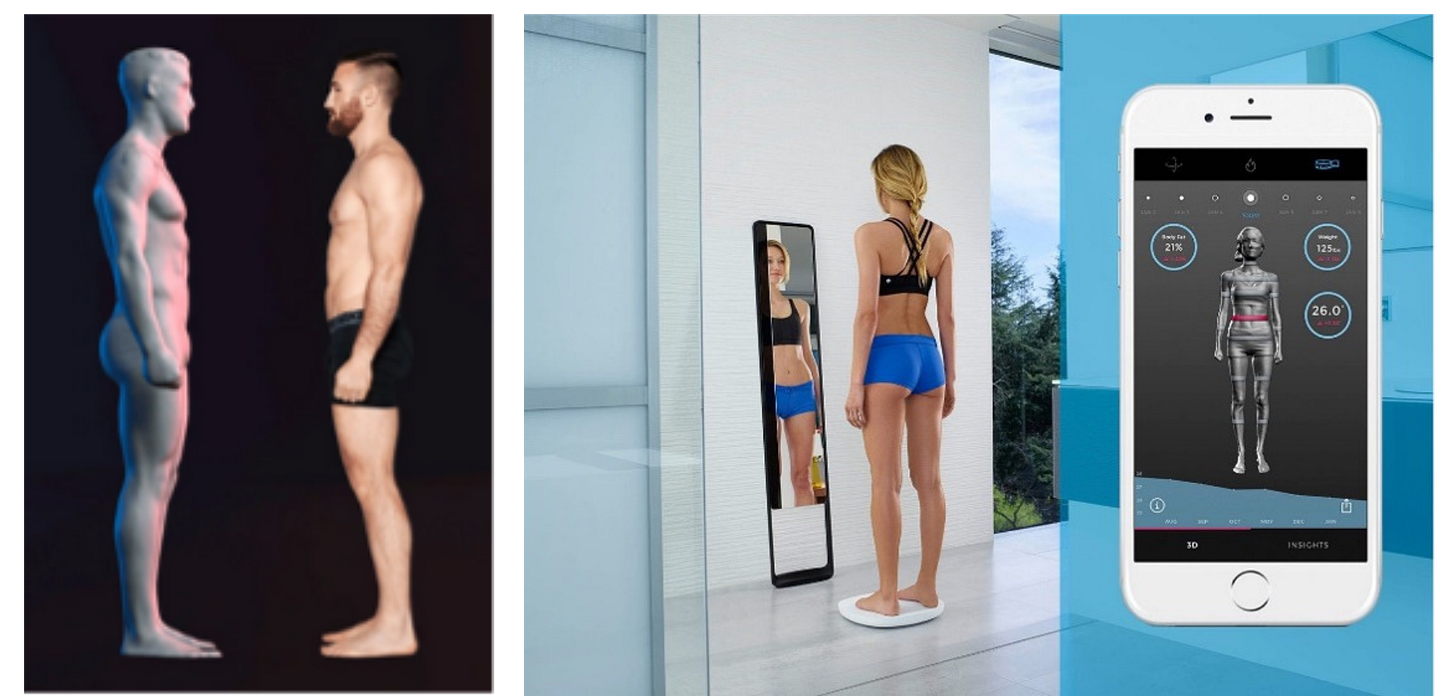Disruption in the Fashion Industry and its Implications for E-commerce and Manufacturing
By Emmanuel Ejeu*
(Source: Reverse Engineering Service)
Most people like to look good, which means shopping for clothing and other wearable accessories such as belts, shoes, and rings. Despite US shoppers preferring in-store shopping, a study conducted by the Raydiant’s 2021 State of Consumer Behavior Report found that 40% of respondents decreased their visits to stores due to the pandemic. Overall, respondents prefer to shop in physical stores because they like to see and feel products, and because they enjoy the overall experience of shopping in person. The in-store shopping experience provides satisfaction and assurance to customers that what they are shopping for is what they want. Some of the items appear more enticing when dressed on mannequins, which influences customers’ decisions.
Current online shopping experiences provided by the likes of Amazon, Jumia and eBay among others provide convenience and variety, but not customisation. They currently lack features to boost consumer confidence in making a purchase or to provide the experience of trying on items.
Emerging technologies, including artificial intelligence (AI), could fill the gaps presented by both online and brick-and-mortar retailers. Technologies that could develop over time and provide a superior shopping experience include:
Wearable mannequins and full body scanners (Personalised experience)
E-commerce as a gateway to an artificially intelligent enabled apparel ecosystem (Start of experience)
Fashion and design to provide customised shopping of design and materials (Customised experience)
Decentralised manufacturing, where orders will be made on demand with the use of 3D printing (Execution)
Logistics to complete the eco-system experience (End of experience)
1. Wearable mannequins and full-body scanners
Mannequins, also referred to as “dummies”, are plastic-looking models. They come in different sizes and are often dressed in shop windows to give an impression of how clothes would look on an actual person. However, they are not available in every size. Imagine how your shopping behaviour could change if you could have your own, personal mannequin. Using AI, swimsuit-like sensors, clothes are being developed that measure your body shape and height. With these measurements of a person’s body, digitally based mannequins can be created and put onto a shopping website where one could search for wearables that fit the mannequin. There are two ownership models for the wearable mannequin. Customers could either purchase their own wearable mannequin maker, which could be cheaper, or visit the nearby stores that have them to register their body sizes to their system dashboard.
Other solutions like using 3D body scanners and cameras can be substitutes for wearable mannequins. Companies like Intel using Real Sense and Body Labs, acquired by Amazon, among others continue to develop similar technologies. TechNovus, a UK company, recently announced an AI powered body measurement platform (see video). BodyGram is another player in the market, among others.
(Source: Robb Report) (Source: Naked Labs)
2. E-commerce
E-commerce means using digital channels as a transaction means for products and services. An e-commerce system is meant to provide a centralised platform where different people access the various shops to transact. It can be referred to as a “gateway” to the entire apparel ecosystem as it is the point of interface for customers. The system can come as a mobile app, website, and include virtual reality devices (e.g., Oculus) or 3D video devices. The e-commerce industry is, however, changing due to an increase in competitors and key players looking to provide the best customer experience to remain competitive. As such, key players are looking to diversification, innovations, and partnerships, which can be achieved through leveraging AI.
Artificially intelligent e-commerce systems are focused on the customer experience journey. These include AI technologies that enable clients to customise designs, logistics that focus on packaging till delivery, and technology that connects to manufacturing centres.
3. Fashion and design
Fashion and design of wearables has traditionally been a domain of manufacturers apart from a select group of clients who request order customisations. However, design is now being made more accessible with emerging technologies where the clientele can choose already developed templates (free and premium) of the designs they love. Clients can also develop customised designs of what they prefer and make an order from the e-commerce system. Look at the design by Design Hill to have a feel of the concept. Artificially intelligent design systems are those that help users develop professional designs with limited technical knowledge. AI design technology could help ease the transition from shopping already “designed and available” apparel to shopping by “non-existent but concept driven” apparel.
4. Decentralised manufacturing through 3D printing technologies
Entities that manufacture different wearables also play a role in the transformation of the industry. 3D printing is a fast-growing technology being used in many industries to make sculptures, houses, cars, and prosthetics among others.
The manufacturing of apparel is currently a centralised activity, spanning production in factories to the transportation of finished products to stores or distribution centres. Decentralised manufacturing, on the other hand, focuses on giving power of manufacturing to agents (shopping stores or distribution centres).
Using new technologies, customers could shop for apparel of their choice using artificially intelligent e-commerce systems and have their orders instantly printed at their nearest agent location and delivered to their preferred location. There would be no need for industries and retailers to stock ready-made apparel at their stores as they would instantly be made on-demand using 3D printing technology. To prepare for this disruption in the apparel industry, manufacturing entities would have to intensify research and development, focus on leveraging 3D printing technology, as well as review their partnerships model. (Learn more about 3D printed wearable here.)
5. Logistics
Logistics refers to the process of handling of the orders till the delivery to final clients. Some e-commerce players have partnered with courier firms, whereas others handle logistics in-house. It is crucial to have an interlinked logistics network to complete the customers shopping experience. This can be achieved through leveraging artificial technology.
Though not directly linked to the apparel products, logistics is crucial to the completion of the transaction a customer starts. This basically means that the customer should track their products right from printing of order, packaging, and transportation. It is worth noting that big logistics players such as UPS and DHL among others have decentralised models of business. Investments in drone technology for delivery of products is a field currently being explored.
Disruption in the fashion industry is inevitable and it is critical for various industry players to prepare and position themselves for the opportunities and threats presented by technology advancements to their industry. It is crucial for of e-commerce, design, manufacturing, logistics and full body scanning to be integrated to provide for a customer centric experience whilst providing long-term value to partners from respective industries.
*Emmanuel Ejeu holds a Bachelor of Science in Computer Science and a Master’s in Business Administration from Makerere University. He also holds a certificate in Leading with Artificial Intelligence from the Global Leadership Academy in Partnership with ITCILO.
Emmanuel is an entrepreneur and seasoned consultant with experience in business analysis, technology, research, corporate governance, program management and organisational development. He is enthusiastic about futurism.
Next Event: 25th November @ 15.00 CET
Register here on Eventbrite
Register here on Eventbrite





